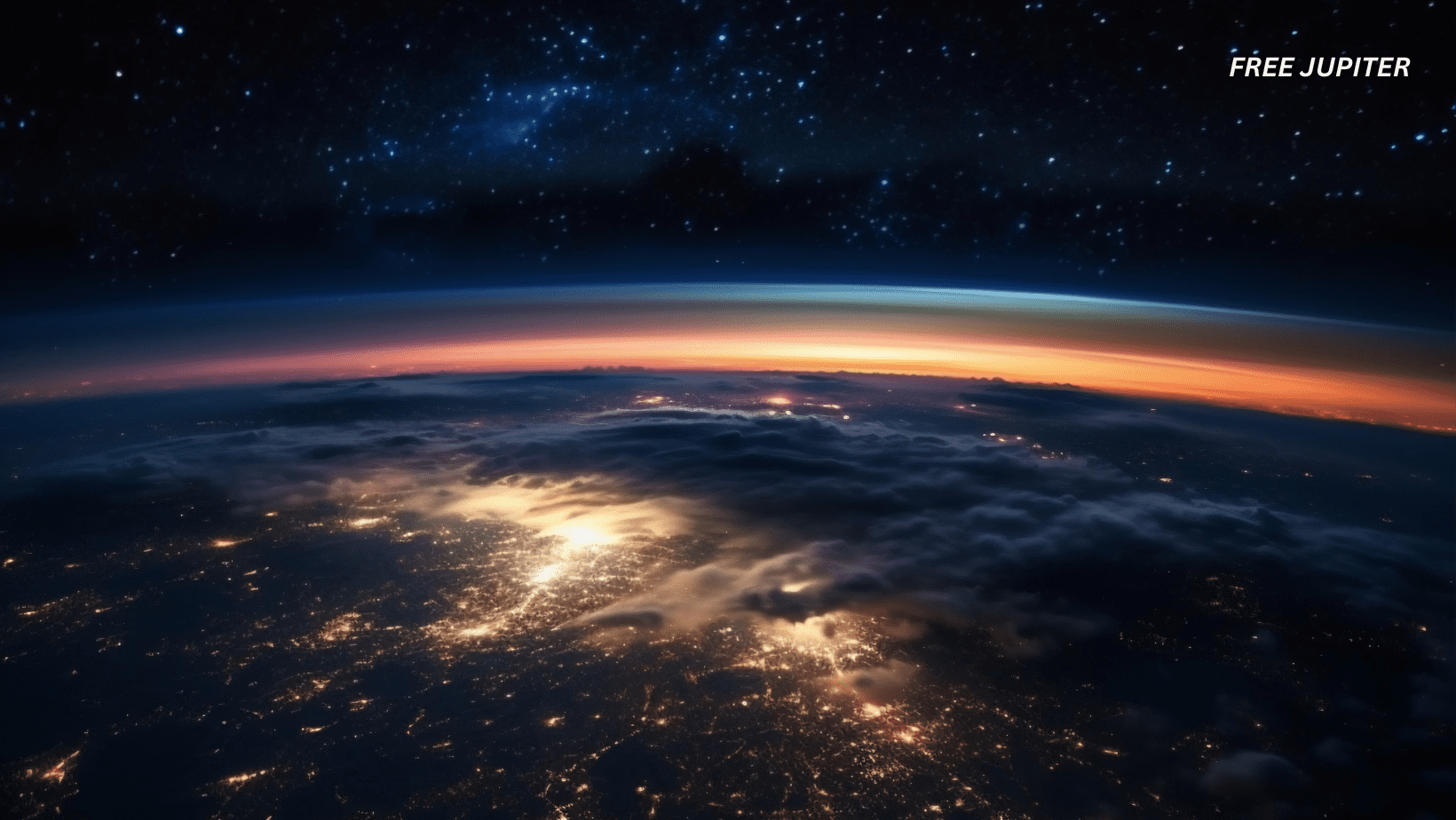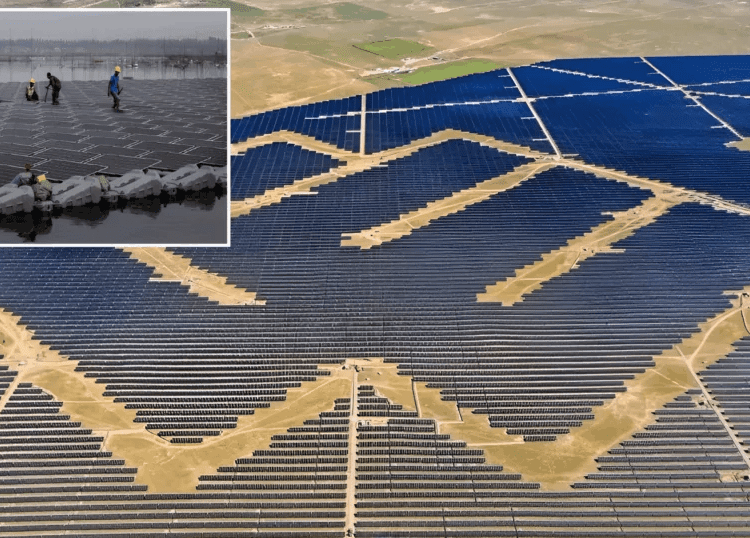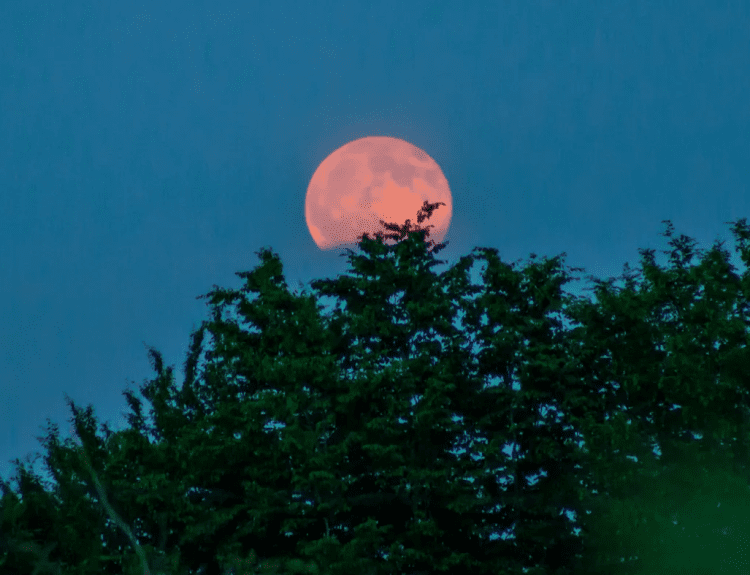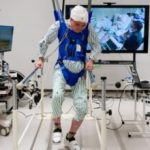Astronomers Face a Cosmic Puzzle: The Persistent Hubble Tension
In recent years, astronomers have been wrestling with a cosmic mystery that challenges our basic understanding of how the universe grows. The James Webb Space Telescope (JWST), working alongside the trusted Hubble Space Telescope, has confirmed a puzzling difference in how fast the universe is expanding—a phenomenon known as the “Hubble Tension.” This ongoing discrepancy carries deep implications, suggesting that our current cosmological models might be incomplete or need revision.
The Expanding Universe and the Hubble Constant
Since the Big Bang approximately 13.8 billion years ago, the universe has been expanding. This expansion is measured by the Hubble constant, which describes how quickly galaxies move away from each other as space itself stretches. Pinpointing this number with accuracy is vital because it informs us about the universe’s age, size, and ultimate fate.
Yet, astronomers face a troubling problem: two of the most dependable measurement techniques produce conflicting results. The difference—about 8%—is significant given the precision of today’s instruments.
Two Measurement Methods, Two Different Answers
The first method studies the cosmic microwave background (CMB)—the faint glow left over from the Big Bang when the universe was just 380,000 years old. Using data from the European Space Agency’s Planck satellite, scientists estimate an expansion rate of about 67 kilometers per second per megaparsec (km/s/Mpc). This means that for every 3.26 million light-years, galaxies appear to recede at 67 kilometers per second.
The second method observes Cepheid variable stars—pulsating stars whose brightness changes in a predictable way. By comparing their true brightness to how bright they appear from Earth, astronomers calculate accurate distances. This “cosmic distance ladder,” led by Nobel laureate Adam Riess and his team, yields a higher expansion rate of around 74 km/s/Mpc, noticeably faster than the CMB-based estimate.
Related video: Nobel Winner Warns James Webb Telescope Just found Something Strange Happening in The Universe
James Webb’s Crucial Confirmation
Some scientists previously suspected that the higher Cepheid-based expansion rate might result from measurement errors, such as confusing Cepheids with nearby stars in crowded regions—limitations possibly due to Hubble’s resolution.
The JWST, launched in 2021 with its 6.5-meter gold-coated mirror, offers unprecedented infrared sensitivity and resolution. This enables it to see deeper and distinguish stars in dense areas more clearly than ever before.
In 2023, JWST observations re-examined Cepheid measurements, confirming their accuracy. Observing over 1,000 Cepheids across five galaxies up to 130 million light-years away, JWST reinforced the higher expansion rate, ruling out errors as the source of discrepancy.
The Hubble Tension Remains
With both telescopes independently confirming the faster expansion, measurement errors can no longer explain the difference. Cosmologists are left with a profound question: why is the universe expanding faster now than predicted from early-universe observations?
Adam Riess, who shared the 2011 Nobel Prize for discovering cosmic acceleration, highlights the significance: “With measurement errors ruled out, we face the exciting possibility that we have misunderstood the universe.”
Possible New Physics?
The persistence of the Hubble Tension suggests our standard cosmological model may miss critical components. Dark matter and dark energy—making up about 96% of the universe—remain mysterious and poorly understood.
One idea is that unknown properties or interactions involving these dark components might affect the expansion rate in unaccounted ways. Alternatively, new physics could be involved, such as modified gravity laws or unknown particles.
Nobel laureate David Gross describes the situation as a “crisis” in cosmology, emphasizing the urgency of finding answers.
Strengthening the Cosmic Distance Ladder
The cosmic distance ladder is a set of techniques used to measure distances in space, each calibrated by different “standard candles.” Cepheid variables form a key rung in this ladder.
By validating Cepheid measurements with JWST, astronomers have reinforced the foundation of this ladder, making the discrepancy with early-universe measurements even more puzzling.
What Lies Ahead?
JWST and Hubble together provide the most precise cosmic expansion measurements to date, yet the Hubble Tension puzzle remains unsolved. Future work will explore other distance indicators like Type Ia supernovae, quasars, and gravitational waves to further refine expansion estimates.
Upcoming missions—including the European Space Agency’s Euclid telescope and NASA’s Nancy Grace Roman Space Telescope—will complement JWST by mapping dark matter and dark energy in unprecedented detail.
A Window to the Universe’s Secrets
JWST’s confirmation of the Hubble Tension presents both a challenge and an opportunity. It calls into question our cosmological understanding and invites new theories. At the same time, it opens the door to potentially revolutionary discoveries about the universe’s nature and destiny.
As Adam Riess puts it, this is a moment to take the mystery seriously and embrace the chance to deepen our cosmic knowledge. The universe still holds many secrets waiting to be uncovered.











